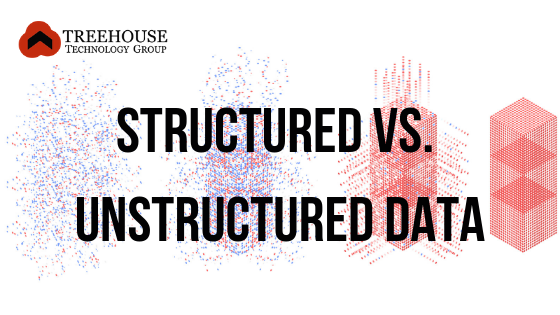The rise of big data has raised many questions for decision makers of enterprise businesses. One of these questions revolves around the topic of structured vs. unstructured data. Understanding these data types can help companies make better data-based decisions and develop cost-saving solutions.
Data analysts and business stakeholders rely on data to produce actionable insights, so learning the ins and outs of each type of data is important to understanding the best practices for data collection, data archiving, and data discovery.
What is structured data?
Structured data, sometimes called traditional data, usually resides in relational databases. These are databases where fields such as name, address, zip code can be entered and easily searched. Structured data is both highly organized and easy to digest, making analytics possible through the use of Structured Query Language (SQL). SQL enables queries on this type of structured data within relational databases.
What is unstructured data?
Unstructured data has internal structure but is not structured via pre-defined data models or schemas. Unstructured data does not fit nicely into relational databases like SQL, and searching it based on legacy algorithms is difficult. Examples of unstructured data include emails, text documents (such as Word docs or PDFs), social media posts, videos, audio files, and images.
Traditional data warehouse environments are no match for the different data types that companies now want to analyze. Unstructured data cannot simply be recorded in an Excel spreadsheet or data table, it requires more specialized skills and tools.
The bottom line
For overall success, organizations need to properly and effectively analyze all of their data, regardless of the source or type. Given the experience that the enterprise has with structured data, it’s no wonder that developing a process for collecting data from unstructured sources can be daunting.
At Treehouse Technology Group, we help companies not only capture but implement unstructured data in a meaningful way that allows for data-driven decisions. We’ve put together some blog topics on the trusting your data, unleashing data to increase profit, and how implementing a data management system can reduce costs by 25%. To find out how Treehouse Technology Group can help your company manage its structured and unstructured data, reach out to us for a free 30-minutes consultation.
